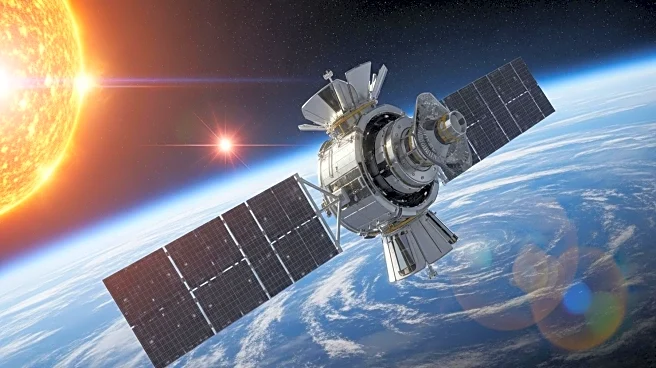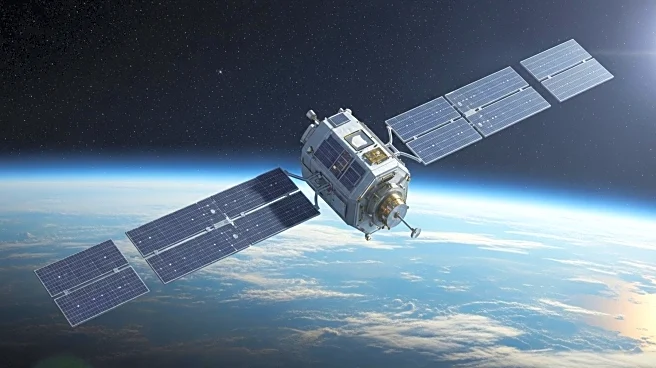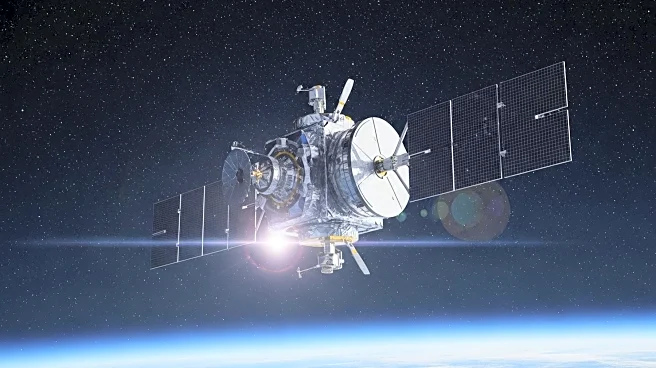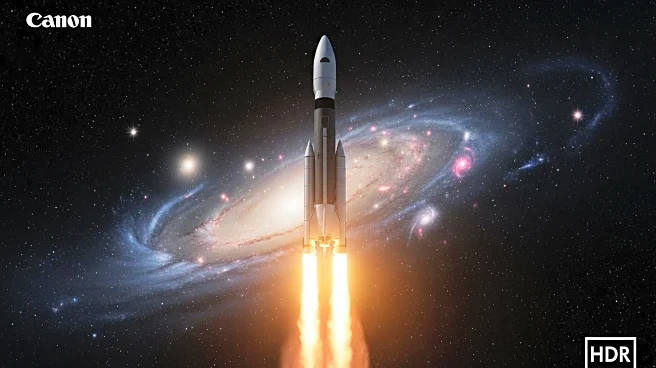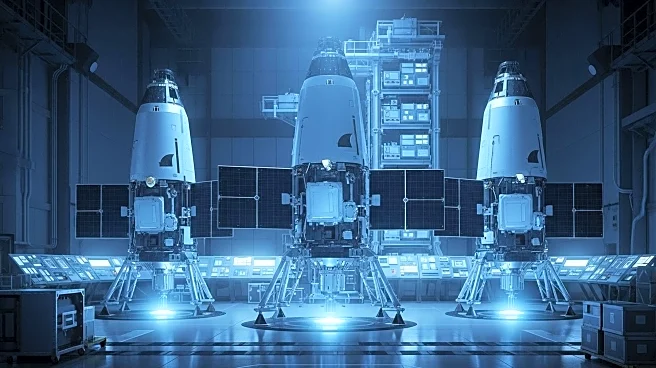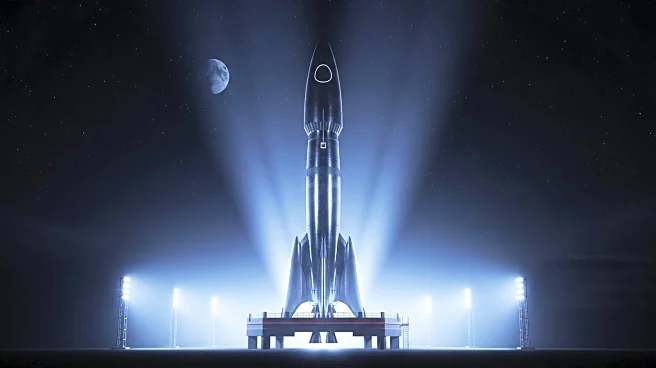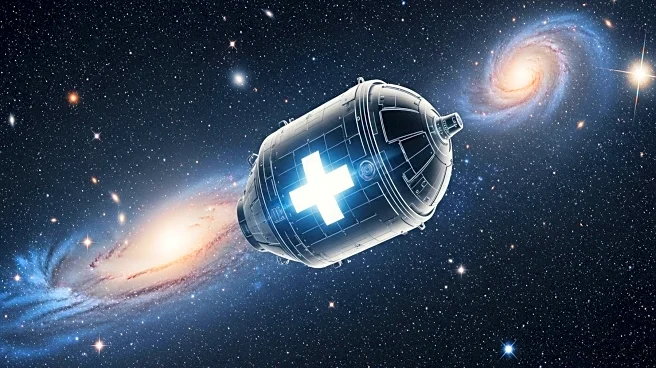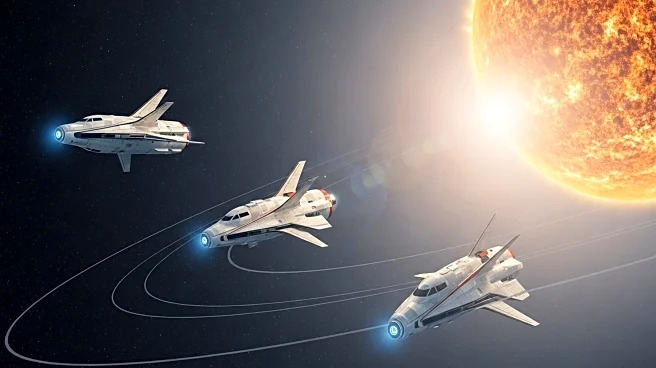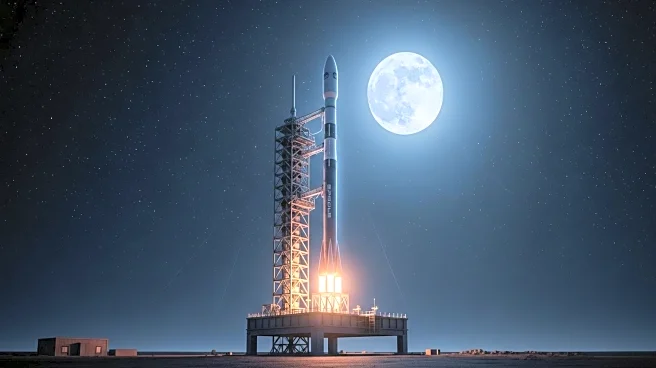What's Happening?
NASA has launched the Carruthers Geocorona mission to study Earth's exosphere, the outermost layer of the atmosphere. The mission, named after Dr. George Carruthers, aims to capture continuous images of the exosphere's dynamics. Launched aboard a SpaceX Falcon 9 rocket, the spacecraft will travel to Lagrange Point 1, providing an unobstructed view of the sun. The mission will help understand the exosphere's response to solar activity, which is crucial for predicting space weather and protecting astronauts on missions to the Moon and Mars.
Why It's Important?
Understanding the exosphere is vital for predicting hazardous space weather events that can affect satellites and astronauts. The mission's findings could enhance the safety of future space missions, including those under NASA's Artemis program. Additionally, studying the exosphere's hydrogen escape could provide insights into Earth's water-rich environment compared to other planets, aiding in the search for habitable exoplanets.
What's Next?
The Carruthers Geocorona spacecraft will begin its two-year science phase in March 2026 after a month of testing. The mission will provide unprecedented data on the exosphere, contributing to the development of strategies to mitigate space weather risks. The findings could also inform future missions to Mars and beyond.
Beyond the Headlines
The mission underscores the importance of international collaboration in space exploration, as it involves partnerships with other space agencies. It also highlights the role of advanced technology in expanding our understanding of Earth's atmospheric boundaries and their impact on space exploration.

